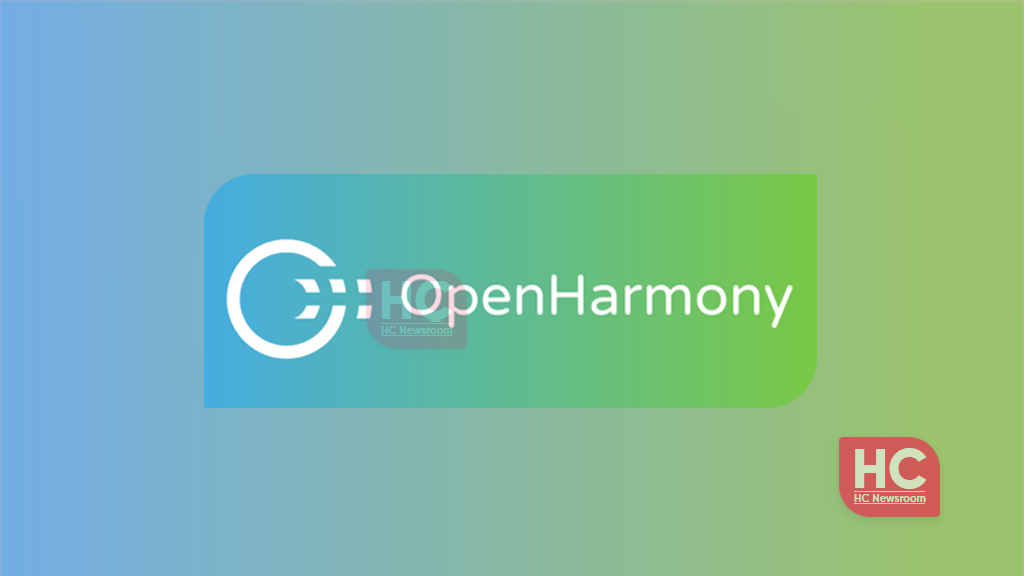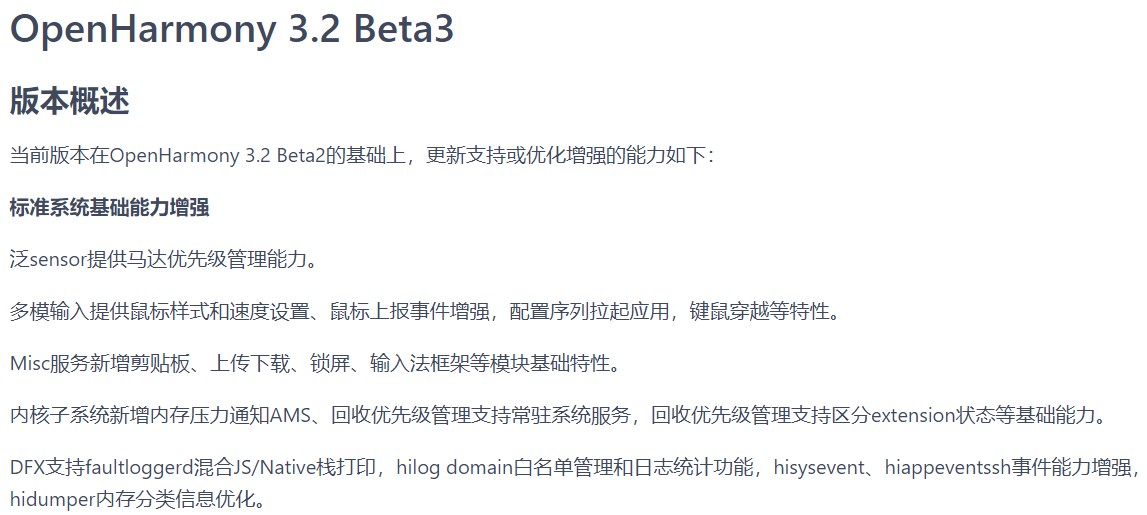News
OpenHarmony 3.2 Beta 2 rolling out with three new improvements

Yesterday, OpenHarmony 3.2 Beta 3 version was released for the developers. The version is based on Beta 2 and comes with the following three improvements.
- Enhancement of basic capabilities of standard systems
- Standard system application development framework enhancement
- Enhanced distributed capabilities of traditional systems
Check the OpenHarmony 3.2 Beta 3 complete details below.

Enhancement of basic capabilities of standard systems:
Pan sensor provides motor priority management capability. Multi-mode input provides features such as mouse style and speed settings, enhancement of mouse reporting events, configuration sequences to launch applications, and keyboard and mouse traversal.
The Misc service adds basic module features such as clipboard, upload and download, screen lock, and input method framework.
The kernel subsystem adds memory pressure notification to AMS, recycling priority management to support resident system services, and recycling priority management to support basic capabilities such as distinguishing extension status.
DFX supports faultloggerd mixed JS/Native stack printing, hilog domain whitelist management and log statistics functions, enhanced hisysevent and hiappeventssh event capabilities, and optimized hidumper memory classification information.
The unit testing framework has added parameterized data-driven capabilities, the UI testing framework has added the interface of throwing and complex gestures such as two-finger pinch capabilities. Xdevice has added the ability to collect device DFX logs after task execution is completed.
Added support for ES2021 in strict mode, modular support, runtime debugging and tuning enhancements, bytecode hot reloading, cross-platform support, etc. when compiling and running.
The account service has added user identity authentication service. The authority service has added support for precise positioning or fuzzy positioning, and other capabilities have been enhanced and added privacy management service.
The media subsystem supports audio decoding, audio encoding, video decoding, video encoding native interface, supports playback audio and video synchronization and startup time optimization, supports video hardware encoding and decoding capabilities based on HDI codec interface, supports distributed audio, volume, equipment Status management, device monitoring and broadcasting functions, support for distributed camera preview, photography and video recording.
Standard system application development framework enhancements:
Added DLP for events and notifications, added support for sending notifications from subsystems.
Support webview copy and paste, support basic audio and video playback, support HTTPS two-way authentication, and other capabilities.
Meta-capacity has added permission verification and rectification, startup rules, quick repairs, and cards that can be divided and combined.
Enhanced ArkUI component capabilities, enhanced resource and media query capabilities, optimized memory and performance, DFX capabilities, and enhanced toolchain capabilities.
DeviceProfile adapts to the automatic synchronization strategy of distributed databases and completes the collection of information.
Package management has added support for thumbnails and preview extensions. Some features have added support for cropping configuration, fool-proofing mechanism, and preset application-specific capability management. The installation process supports the hap package without decompression and supports a quick repair mechanism.
System service management supports cross-device loading of system services, foundation process restart, and recovery mechanism, distributed component management supports multi-user cross-device calls, and migration framework supports single-instance Ability migration.
Enhanced distributed capabilities of standard systems
The distributed database supports cross-device and cross-application sharing, RDB supports remote query/database encryption features and supports applications avatars. KVDB supports backup recovery/conditional synchronization/device online priority and centralized synchronization of system data.






